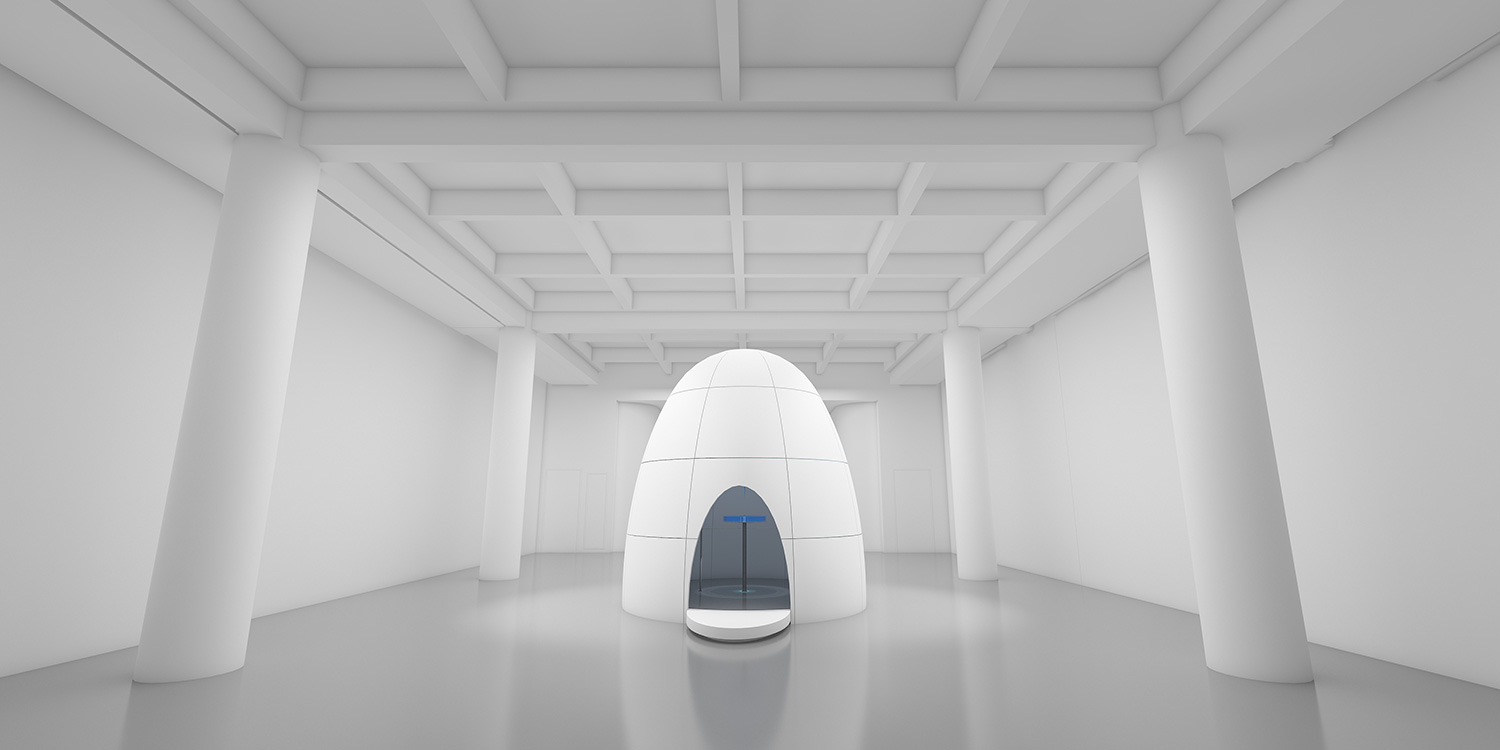Situated in the West Bund industrial precinct along the banks of the Huangpu River is the second branch of the Long Museum, funded by Chinese billionaire collectors Liu Yiqian and Wang Wei. The exhibition “1199 People” is the result of an unusual curatorial approach whereby Hans Ulrich Obrist invited the artist Xu Zhen to make selections from the permanent collection according to his own perspective.
Upon discovering that the dominant genre collected over the last thirty years was portraiture, Xu’s concept was to do away with convention and display 300 works, featuring a combined 1199 people, hung in columns — effectively salon-style — but in an unexpected order. The works are arranged in lines on the wall in groups of four, with the first row of works depicting an individual female, then a man, then paintings with two figures, and finally paintings with a group of people. I initially wondered why the female images were at the bottom, but apparently this is the top of the order. Xu said in conversation with Obrist: “It’s a little bit like an allegory for paradise. People won’t be alone anymore, they are together. But it’s also a kind of evolution of the person in society — you come from a woman and you go to society.”
Without any thematic, chronological or even aesthetic arrangement, the effect is a jarring hodgepodge of styles, periods and sizes that — quite literally — cover the expansive vaulted museum walls. While Xu’s conceptual structure can be acknowledged for attempting to break from traditional exhibition-making methods, and a desire to recognize different ways of looking, it fails to do just that: the result makes it difficult to actually consider the artworks as individual pieces. Strong and historically important pieces are lost within the jumble, and some works at the top are nearly impossible to see. Stripping the works of their context does to some extent force us to focus on the figures as simply a group of people, but what is the point? Some form of classification would have provided an interesting opportunity to observe trends in Chinese portraiture across an active and diverse period of artistic production.



